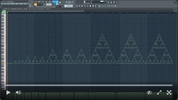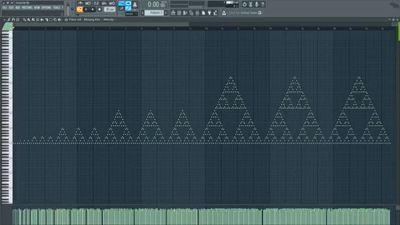Sirius
Jedi
It may allude to the so-called music of primes and Riemann's symphony known from the Zeta function.

 plus.maths.org
plus.maths.org
The music of the primes
Following on from his article 'The prime number lottery' in last issue of Plus, Marcus du Sautoy continues his exploration of the greatest unsolved problem of mathematics: The Riemann Hypothesis.




